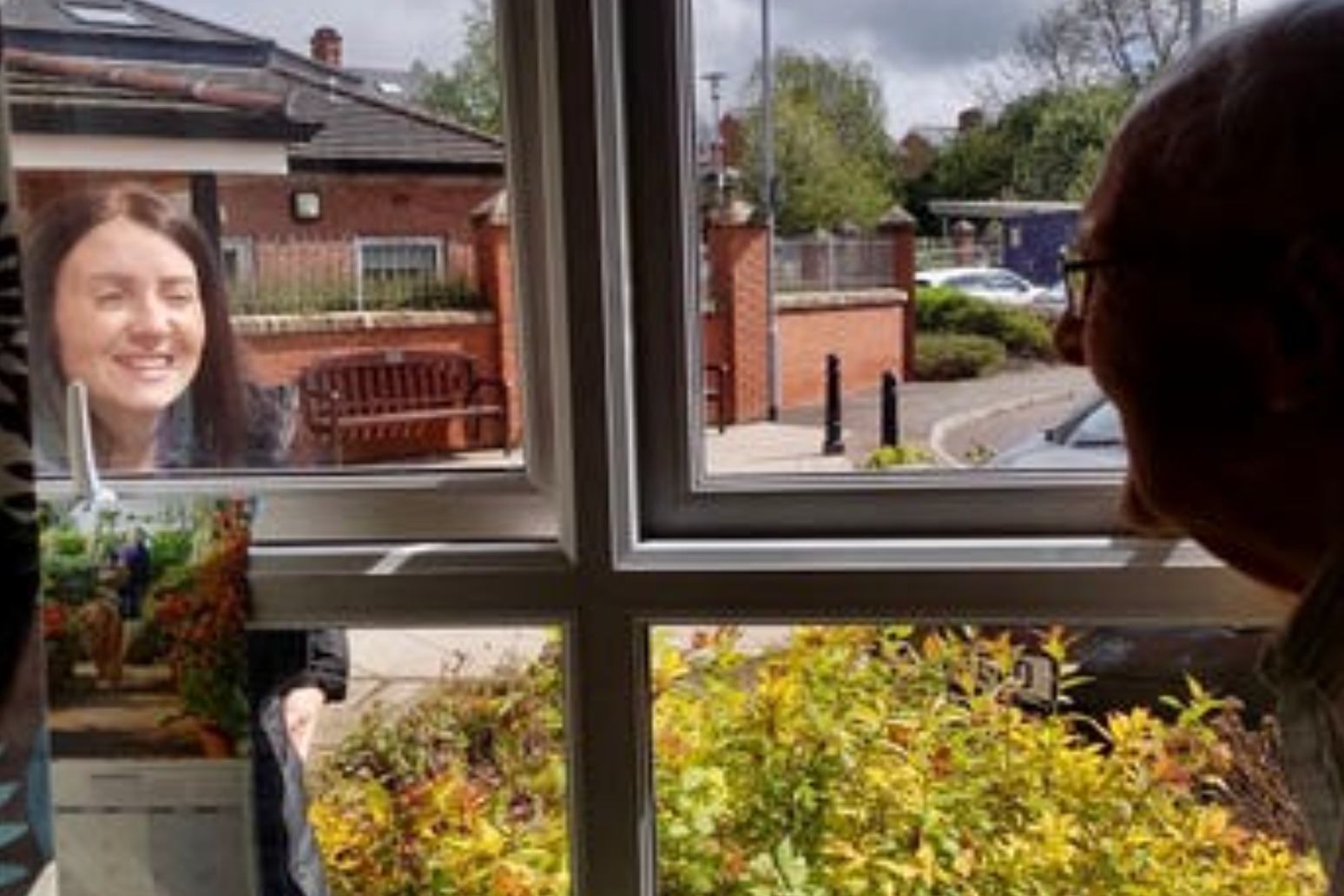
Isolation after contact with Covid-19 case could be cut to seven days – study
Self-isolation time after contact with a confirmed coronavirus case could potentially be reduced to seven days without raising the risk of onward transmission, a new study suggests. The research, which accounts for infected people’s potential viral load and the sensitivity of Covid-19 tests, estimates people who test negative after seven days of quarantine are unlikely to be infectious.
Researchers say these people could potentially be released without raising the risk of onward virus transmission above what would be expected by self-isolating for 14 days without testing.
The modelling also estimates that the use of daily rapid lateral flow antigen (LFA) tests for traced contacts for five days could potentially replace the requirement to self-isolate, if all tests are negative.
This could potentially avert a similar level (50%) of onward virus transmission as the 14-day approach without the need to quarantine at all, if individuals isolate when receiving a positive test, the research suggests.
However, the study does not evaluate the number or cost of tests that would be required for this approach.
The authors stress that people should continue to observe the official guidance on quarantine and self-isolation, which the UK Government has set at 10 days, until their findings can be verified with further research.
They add that this approach could improve adherence to the rules and reduce the financial and social impact on those affected, while maintaining control of the virus at least as well if not better than the recommended 14-day strategy.
Assistant Professor Sam Clifford, joint-lead author and member of the CMMID Covid-19 working group at the London School of Hygiene and Tropical Medicine, said: “Adherence to quarantine rules is key for reducing onward Covid-19 transmission.
“Our findings suggest that incorporating testing of contacts into a trace-isolate system could potentially help to reduce quarantine times, and this in turn may improve adherence by making it easier to complete the full isolation period.
“Our study did not evaluate costs, however, and further studies are needed to address this, as well as to further verify our findings.
“A large component of the effect of any strategy we modelled was that of strict isolation upon the onset of Covid symptoms, which should be followed at any point after exposure, including after the end of the specified quarantine period or after negative test results.”
Assistant Professor Elizabeth Fearon, a collaborator within the CMMID Covid-19 working group at the London School of Hygiene and Tropical Medicine, added: “Testing on its own will have no impact on transmission if cases are not financially enabled and socially supported to self-isolate after a positive test.”
Around 95% of people who develop coronavirus symptoms will show signs of disease within 14 days of exposure to the virus.
In the new study, published in The Lancet Public Health, researchers used mathematical modelling to estimate the effect of different quarantine and testing strategies on reducing onward transmission from traced secondary infections.
Using data from Public Health England (PHE) and NHS England, they simulated the levels of virus an infected person would be likely to produce at each stage of infection, alongside timing of symptom onset, test sensitivity and tracing and testing timings.
The model assumes self-isolation adherence levels are moderate, with 67% of people completing the recommended 14-day period after testing positive, and 50% of contacts of confirmed cases completing 14 days.
Based on the assumptions, completing the 14-day period for contacts of Covid-19 cases is estimated to prevent 59% of onward virus transmission.
A similar proportion of onward transmission could potentially be prevented with only seven days of self-isolation if a PCR or LFA test is performed on the final day (PCR – 54%, LFA – 50%), the paper indicates.
Reducing delays, such as in the tracing and notification of contacts, is integral to getting people to quarantine as quickly as possible, the authors say.
The researchers note the model is based on the assumption that the LFA test works at the higher level of sensitivity, detecting on average 76.8% of cases that tested positive in a PCR test.
The analysis of the LFA test on the lower figure from the Liverpool trial, 48.89%, found comparable but slightly lower results.
In this analysis, taking an LFA test on day seven of self-isolation would prevent 44% of onward virus transmission, while daily LFA testing for five days would prevent 43% of transmission, the study suggests.
The authors say their study did not consider other aspects of the test and trace system that might affect virus transmission.
This includes the number of people with Covid-19 who do not engage with the system at all, variation in the number of secondary cases generated by each infected person, and the proportion of secondary cases that are missed by tracers.
Published: by Radio NewsHub